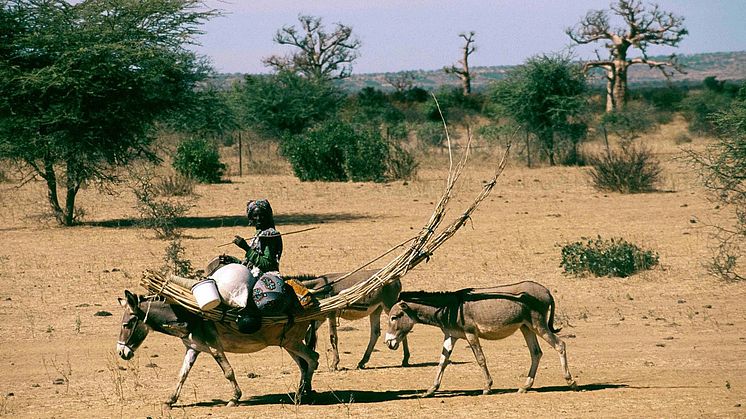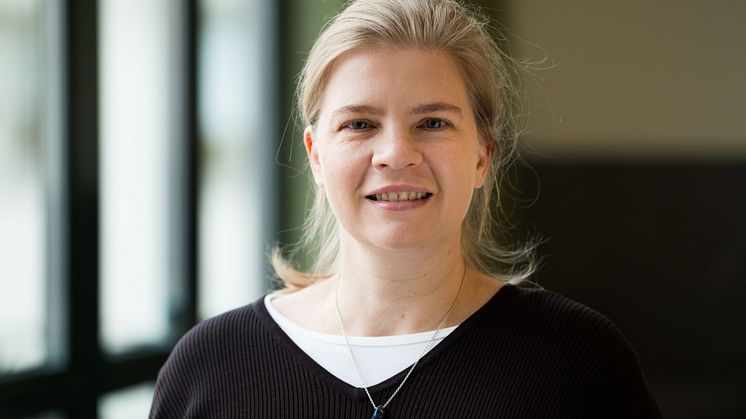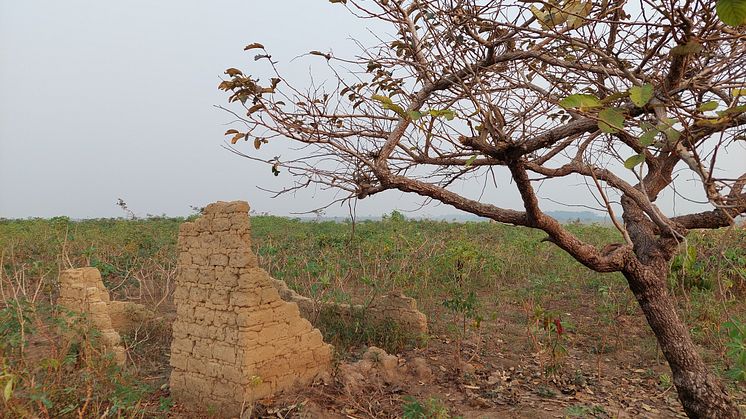
Press release -
New study unravels the history of the largest pastoral population in Africa
Researchers have uncovered the ancestral origins and genetic diversity of the Fulani, one of Africa’s largest pastoral populations. The study reveals a complex genetic ancestry with influences from both North and West African groups, shaped by historical migrations that have left a lasting impact on their genetic landscape.
Fulani populations speak languages from the Niger-Congo family and live in scattered locations across the Sahel/Savannah belt. Besides their large distribution from the Atlantic Ocean to Lake Chad, the ancestral origins of the Fulani people are unclear. This is mainly because the vast majority of the Fulani have a nomadic lifestyle and use temporary camps or mobile tents, which do not leave traceable archaeological evidence.
“Even though the Fulani are a huge population group of more than 40 million people, they are still largely underrepresented in genomics research. Therefore, this study has important implications for our understanding of the Fulani population's history in particular and human diversity in Africa in general,” says Cesar Fortes-Lima, a population geneticist at Johns Hopkins University and Uppsala University and first author of the study.
The study, published in the American Journal of Human Genetics, was conducted in seven African countries from the Sahel belt in collaboration with Fulani communities and local researchers. The researchers collected biological samples and anthropological information from over 460 Fulani participants across 18 locations in Africa.
Genetics shaped by interactions with different local groups
The team found correlations between culture, geography and genetics matching the distribution of Fulani groups.
“Our analysis revealed genetic differences between local Fulani populations following a west-east cline, highlighting their complex genetic history, which was shaped by interactions with different local groups and various demographic events,” says Mame Yoro Diallo, a PhD candidate from Charles University in Prague, who was involved in the study.
The study underscores the importance of the lifestyle of Fulani populations. Their subsistence strategies as nomadic pastoralists have influenced the genetic diversity among local Fulani populations along with their geographic distribution.
Can be traced back to the Green Sahara period
The authors also revealed a genetic component closely associated with all studied Fulani populations, suggesting a shared ancestral component possibly linked to the beginning of African pastoralism during the Green Sahara period, 12,000–5,000 years before the present.
“Comparisons between genetic data of Fulani and ancient individuals identified the presence of a genetic component in all Fulani populations associated with ancient groups from North Africa, providing additional insights into their deep genetic history and ancient contacts, particularly with ancient groups related with modern Moroccan populations such as the Berber,” says Carina Schlebusch, an evolutionary geneticist at Uppsala University and senior author of the study.
Furthermore, Fulani populations have shown genetic contributions from other African groups from western, central and eastern sub-Saharan Africa.
“During the last 500 years, the trans-Saharan trade could also have played a pivotal role in facilitating the development of extensive trade networks for the Fulani, further allowing the spread of pastoralism in Africa in different directions across the Sahel belt and beyond,” says Schlebusch.
Contact
Carina Schlebusch, Professor of Human Evolution and Genetics, Uppsala University. Mobile number: +46 76 306 3341, E-mail: carina.schlebusch@ebc.uu.se
Cesar Fortes-Lima, PhD, Associate Researcher, Human Evolution Program, Uppsala University. Mobile number: +46 79 347 0739 or +1(667)-417-8380, E-mail: cesar.fortes-lima@ebc.uu.se
Article
Population History and Admixture of the Fulani People from the Sahel. Fortes-Lima CA, Diallo MY, Janoušek V, Černý V, and Schlebusch CM. American Journal of Human Genetics. 2025 112(2). DOI:10.1016/j.ajhg.2024.12.015
Topics
Categories
Founded in 1477, Uppsala University is the oldest university in Sweden. With more than 50,000 students and 7,500 employees in Uppsala and Visby, we are a broad university with research in social sciences, humanities, technology, natural sciences, medicine and pharmacology. Our mission is to conduct education and research of the highest quality and relevance to society on a long-term basis. Uppsala University is regularly ranked among the world’s top universities. www.uu.se




